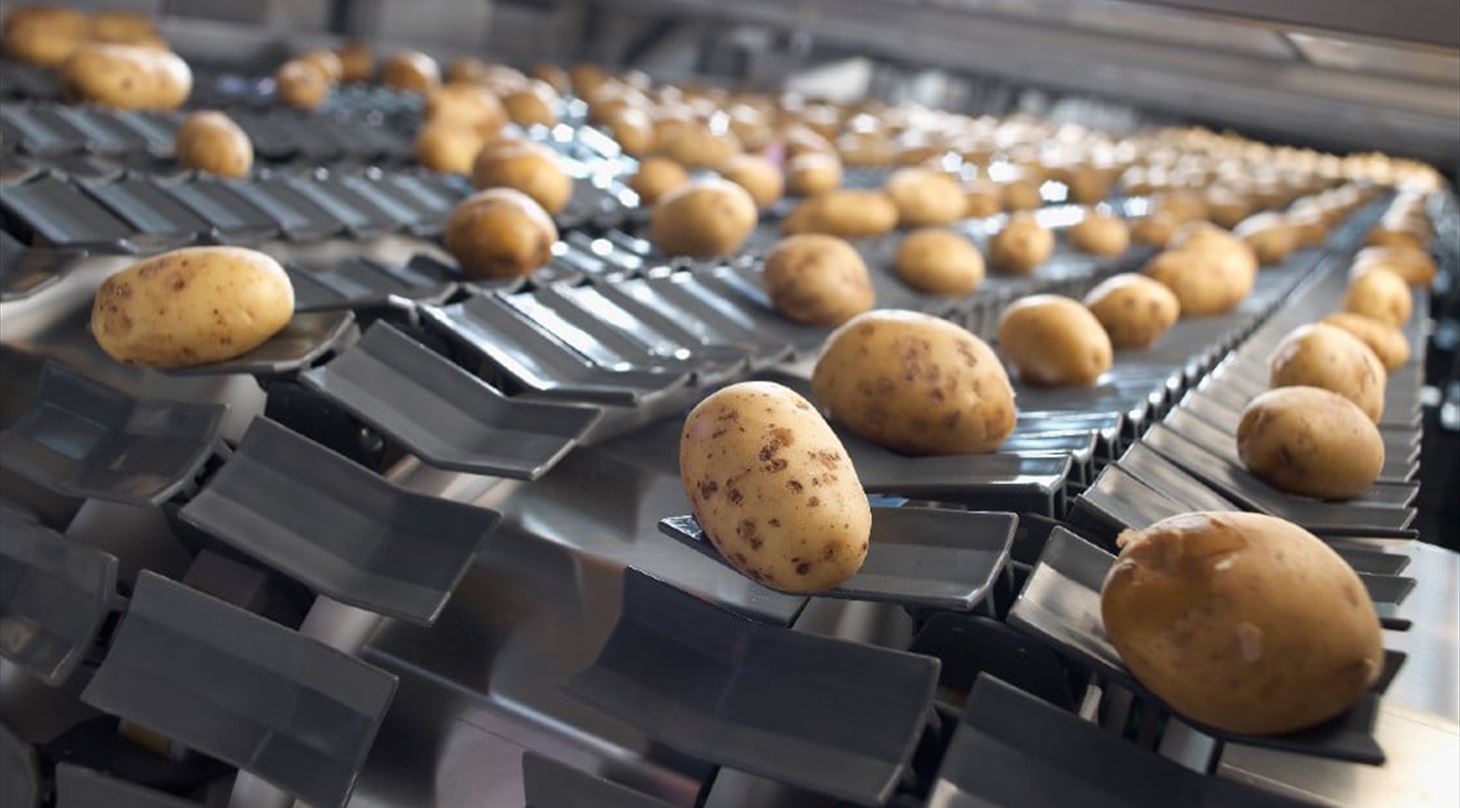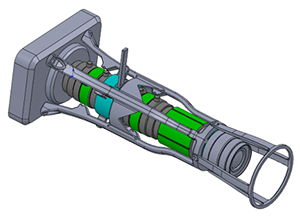
3D printing enabled strength increase and weight reduction for Newtec's camera component
Newtec Engineering A/S makes optical sorting machines for potatoes and carrots, and for this they also use camera technology. For one of these cameras, a lattice structure had to be used to fixate the optical components, and the design was optimized for 3D printing.
Newtec Engineering has a large development department that works with different camera technologies - and one of these cameras became part of the 3D printing design optimization course DfAM, which is initiated by Danish AM Hub.
 Here, they looked at optimizing the lattice structure itself, which holds all the optical components on the camera, which Newtec would like to mount on a drone - and weight naturally plays a role in that connection. This work was carried out in collaboration with the Danish Technological Institute.
Here, they looked at optimizing the lattice structure itself, which holds all the optical components on the camera, which Newtec would like to mount on a drone - and weight naturally plays a role in that connection. This work was carried out in collaboration with the Danish Technological Institute.
Significant optimization of strength and weight
The challenge with the original component - and really all iterations since then - was mainly to keep all the optical components fixed, no matter what orientation the camera was in. In particular, rotation is quite important here, and it would have been difficult to design something that was precise enough to hold it all down while also being rigid as well as easy to move around and test.
Here, 3D printing was the right solution, and the gains have especially been in relation to weight, as the component has become significantly lighter than before, because aluminum is used instead of plastic, and for the same reason, the strength has also increased significantly. Finally, the economy itself is also better, as Newtec does not have to custom manufacture a component that has enough strength to hold the construction. Specifically, the lattice structure ended up weighing just 143 grams, and the volume was reduced by 75.8%, while the strength was increased by a whopping 794%.
We see quite a lot of potential in 3D printing. More and more actually as we buy more and more printers, because we quickly learn that we can make components much faster and make many more prototypes. Also in relation to price, it is quite relevant that components that are used in the various machines can actually be made much, much cheaper
- Mads Peters, Newtec Engineering A/S
In the video below you can hear more about Newtec Engineering's experiences with 3D printing in the DfAM course.
About the DfAM course
During 2022, Danish AM Hub, in collaboration with the partners Danish Technological Institute, PLM Group, Hexagon and Wikifactory, has taken 15 Danish SMEs through a new innovation course with the aim of strengthening the companies to benefit even more from the technological and business potential within 3D printing. The course is called Design for Additive Manufacturing (or DfAM) and focuses on rolling out 3D printing to small and medium-sized companies as well as providing concrete support and help to work with the technology through design. The specific aim of the DfAM course is to re-design the participants' products or components, thus enabling these to be produced e.g. with greater strength, less material waste, new and better functionality, and on-demand.